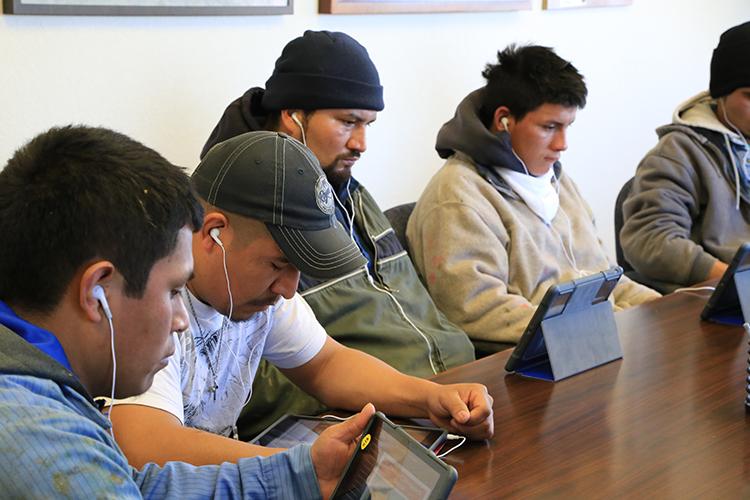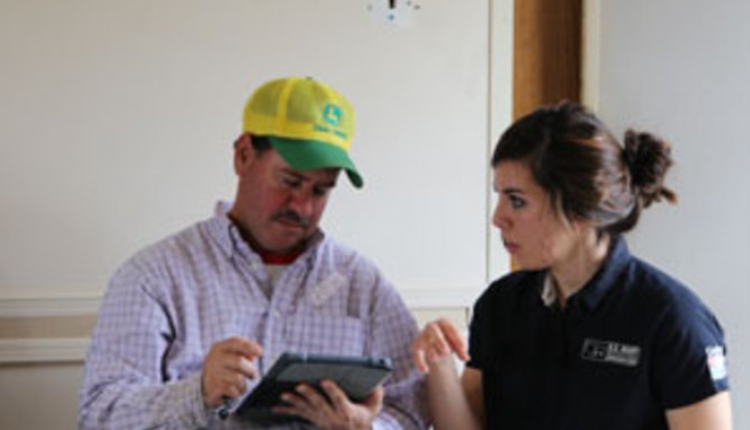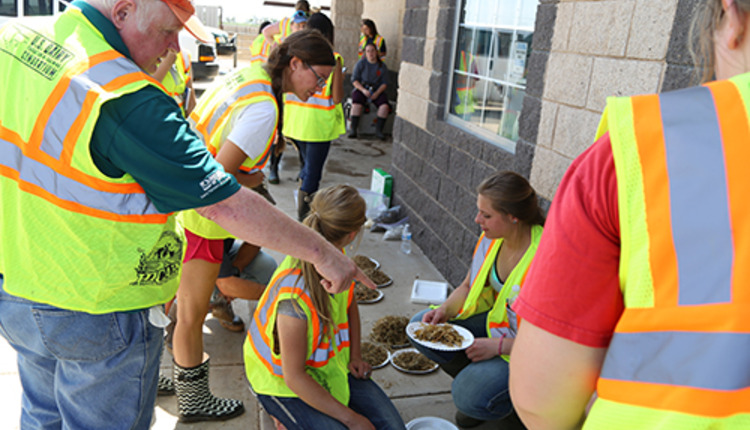
In listening to producers across the world when discussing their challenges, the issue of obtaining qualified, well-trained labor is almost universal. Labor in many areas is immigrant labor and increasingly from a nonagricultural background with limited or no experience in working with large animals or large equipment.
That wasn’t always the case. Training and development was traditionally done within the family unit on the farm over time.
Within the industry, little emphasis has been placed on the development of programs for on-the-job training. High turnover rates certainly complicate this challenge. Consultants typically play a key role in these training efforts, but a common concern is the effectiveness of this training if it is not consistent, repetitive, and comprehensive. Oftentimes the training is focused on the “what” to do and not the “why” or the comprehension part. The actual trainers may not completely understand the “why” themselves: How do you explain synchronization protocols without explaining the specifics of biology of reproduction? Superimposed on those difficulties are the cultural and linguistic challenges.

For example, SCC (somatic cell count) is a very poor metric of training effectiveness because it depends on too many variables. From a safety standpoint . . . did I actually improve safety awareness and culture on my farm as a result of the training?
Bottom line, just training for training’s sake is only checking the box. We need to find ways to make the time worthwhile and make workforce development more effective.
For more information: http://aces.nmsu.edu/ces/dairy/workshops.html.
The author is an extension dairy specialist and associate professor at New Mexico State University Ag Science Center in Clovis.
October 3, 2016














